Written by: Roshan Dwivedi
360 video created by multiple cameras provide an immersive experience like the user is viewing from inside a sphere. This lets viewers pan into it by dragging the mouse or swiping the finger across or tilting the screen and watch the video from all angles. 360-degree video promises the ‘front row’ seat experience from any viewing device.
Recently, YouTube has announced its entry into the 360 video with live 360 video streaming. BGR describes it as ‘the moment Virtual Reality had been waiting for’. Music mega event Coachella will be the 1st place where this will be used. Facebook too has released its live streaming of 360 videos on the news feed. It is now strengthening its platform to accommodate for live videos by adding a dedicated live tab on the app and also there are reports of Facebook developing its own camera app. With the two big players pushing towards immersive content, it is expected that the industry will take a more definitive shape. Also, YouTube’s platform is the start of a simpler user-friendly platform that isn’t complicated as using the Oculus Rift which needs dedicated hardware, though the latter’s quality is unmatched.
Also read: How VR video streaming is slowly but steadily creeping in
Cameras costing as low as $350 can be used for YouTube Live, and a lot of these were showcased and launched at NAB 2016. Both YouTube and Facebook are having their API available for developers to work on, and hence create a market. Talking of creating a market and affordability, Google’s VR cardboard is the cheapest and highest sold VR device till now. Google clearly wants everyone to see the potential of the technology, and then hence create a market for the same. With affordable models coming in, 360 is expected to enhance user experience on social media platforms like Periscope, Instagram and Pinterest. Advertising, a space that is on the constant lookout for something innovative, will grossly benefit from a new type of video playback. In sports, audience can choose or slide along a view to witness every nook and corner of the game.
To burn skeptics, who are doubting whether 360 and VR will be a mainstream thing or just something technology can produce, Mark Zuckerburg struck an emotional cord with the audience at F8 pointing that when his sister’s children grew up, they took photos and videos, but his daughter would grow up, he would record the video using 360 cameras and share it with people who would view in VR and feel like they are actually in the room with them. According to Digi Capital, the VR market will reach $30 billion by 2020. The real feel of 360 is when it is accompanied by great sound like the spatial audio launched by YouTube, 3D immersive views and other tech which will present VR as a completely different experience package.
There are challenges like video size is bigger (YouTube Live has 1440p resolution and 60 frames per second), data speeds required are much higher and it is safer to say that 360 would be more like a stepping stone for VR to be popular in the near future till devices for virtual reality are standardized. Questioning challenges is one thing, but we have to remind ourselves – was the world ready for HD back then?



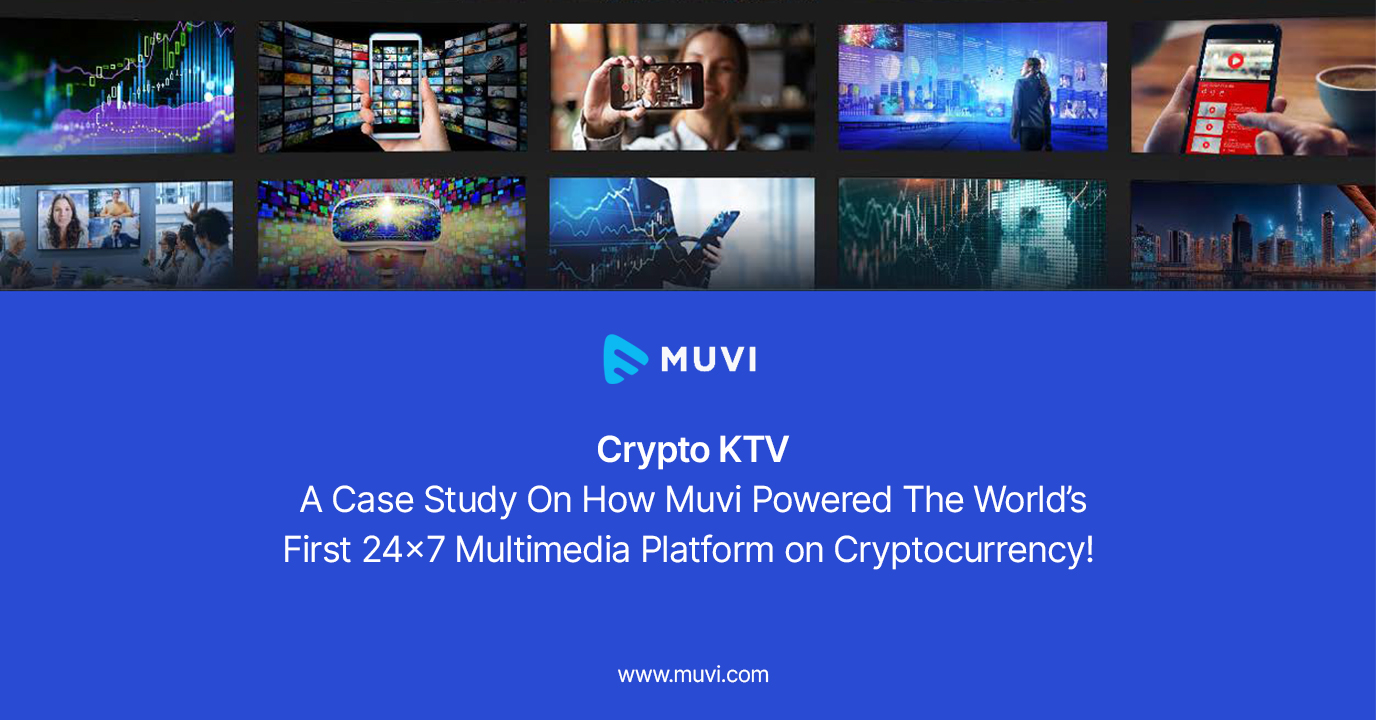
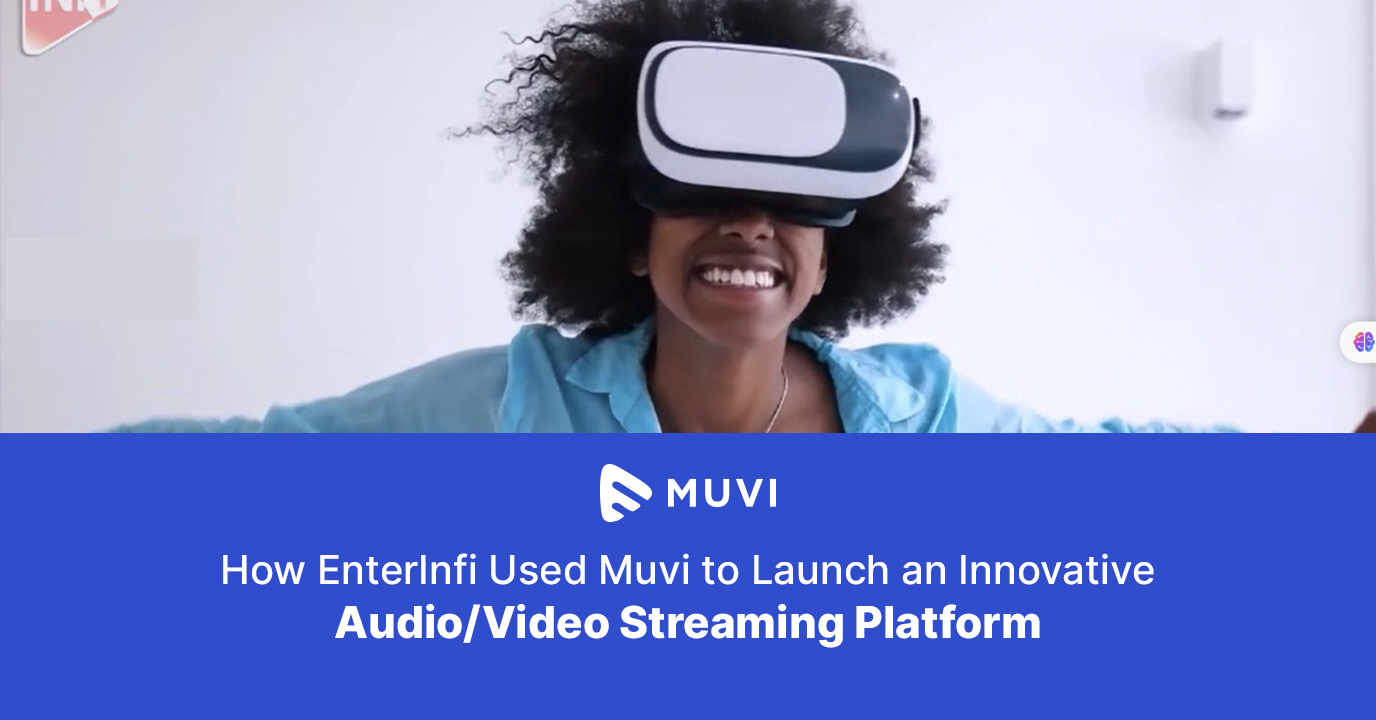
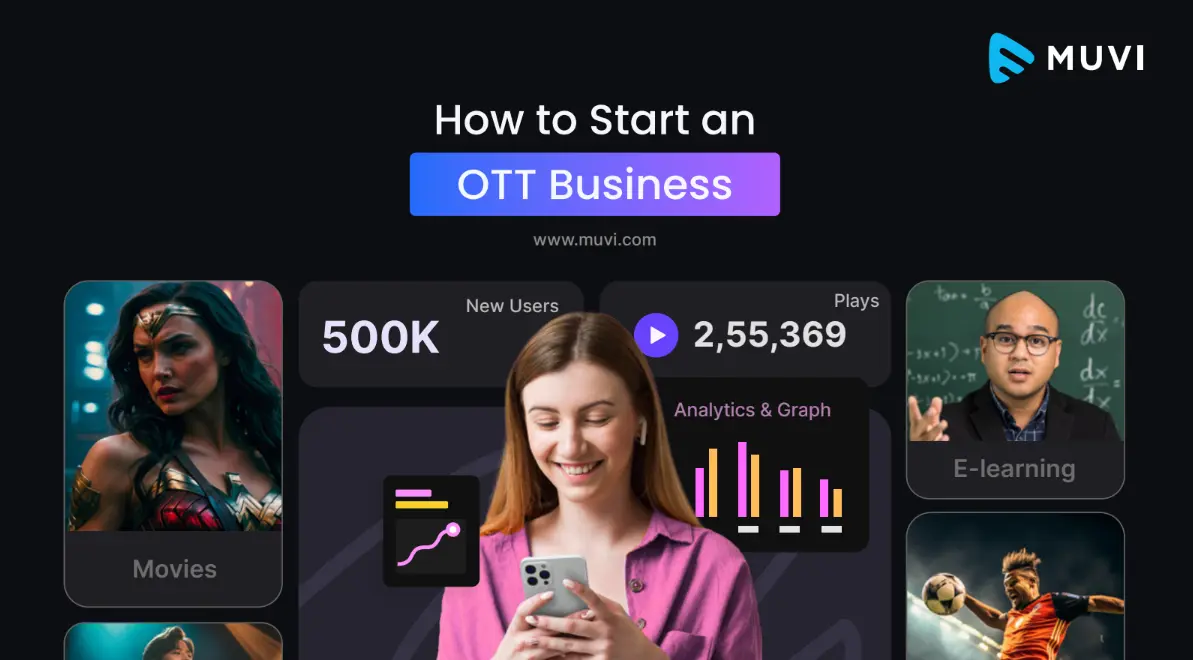

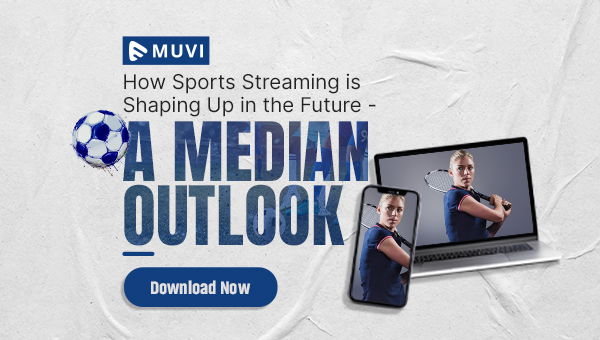
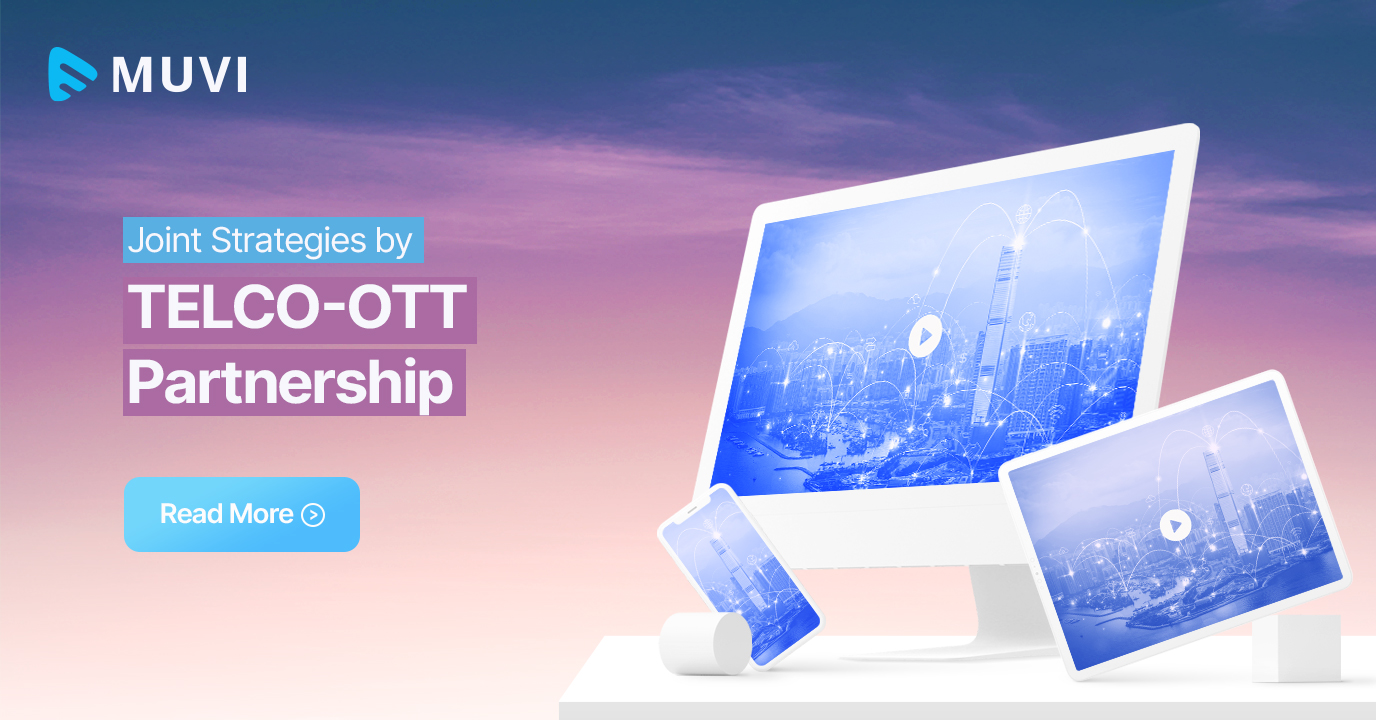
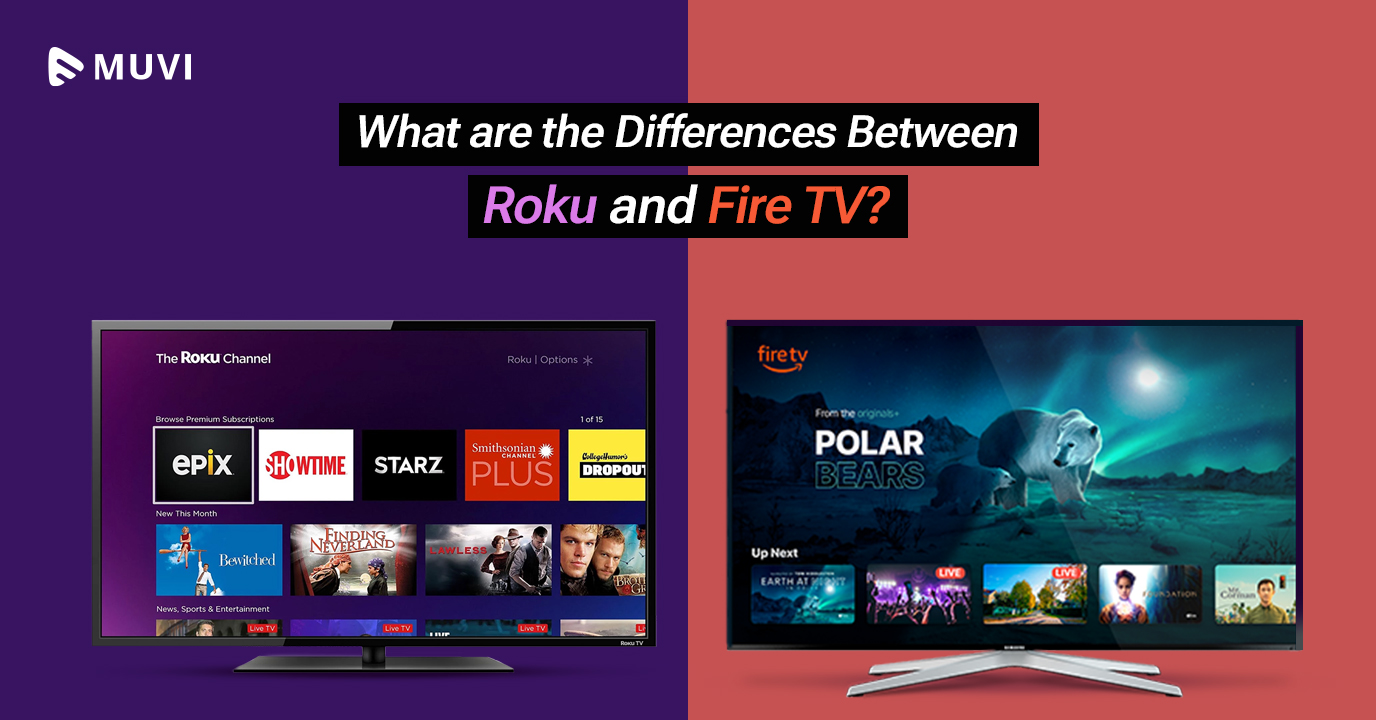
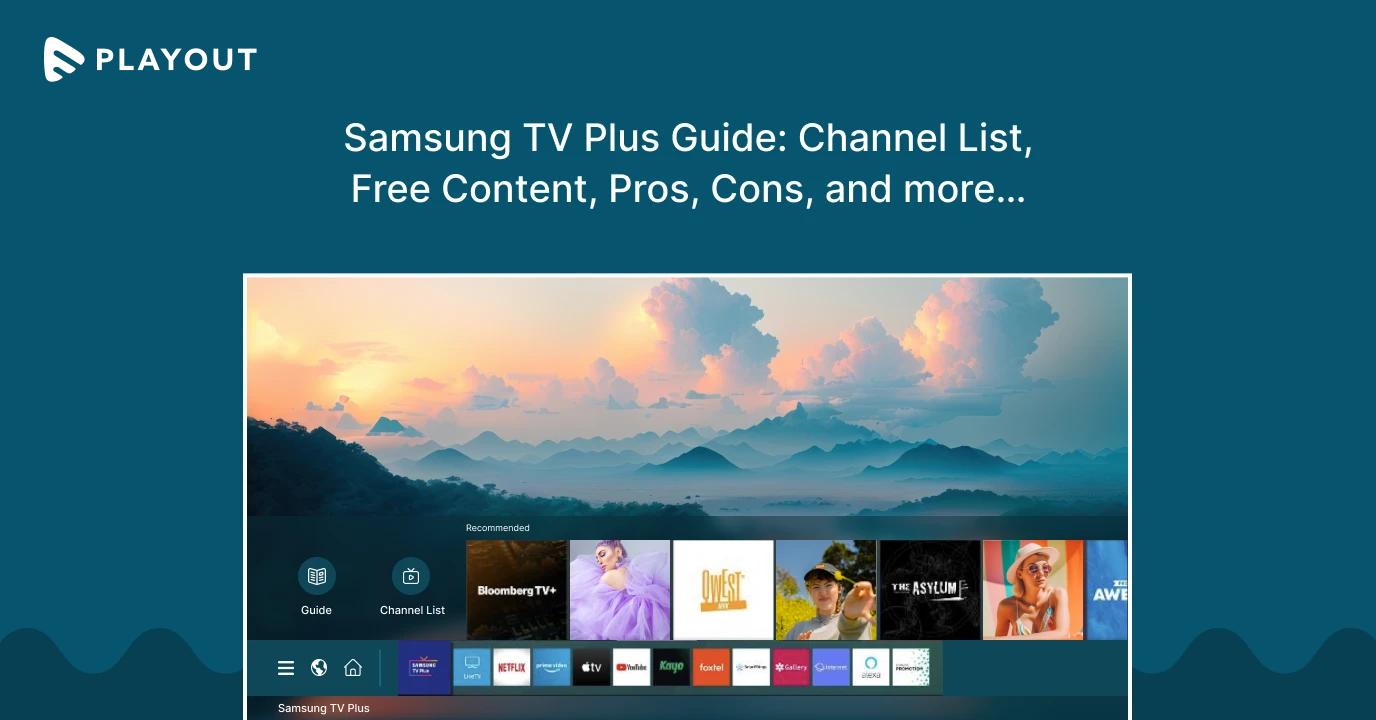
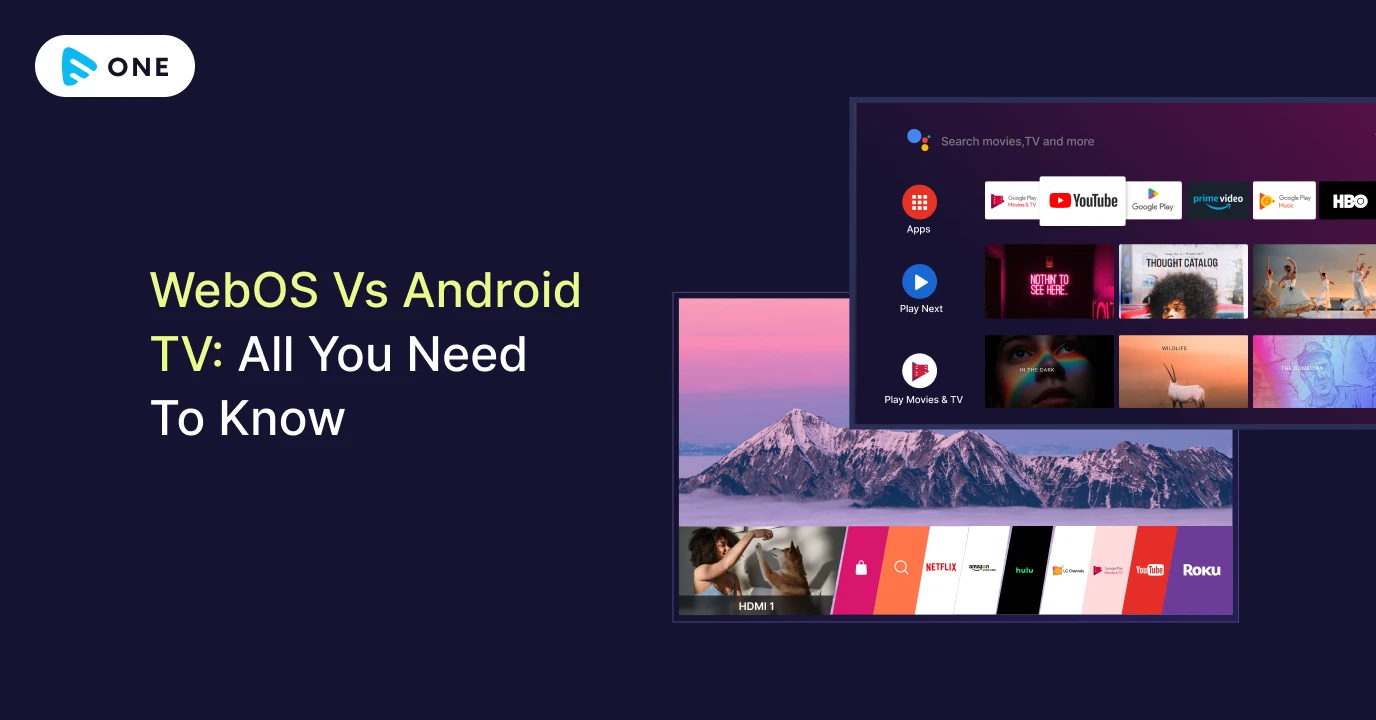



Add your comment